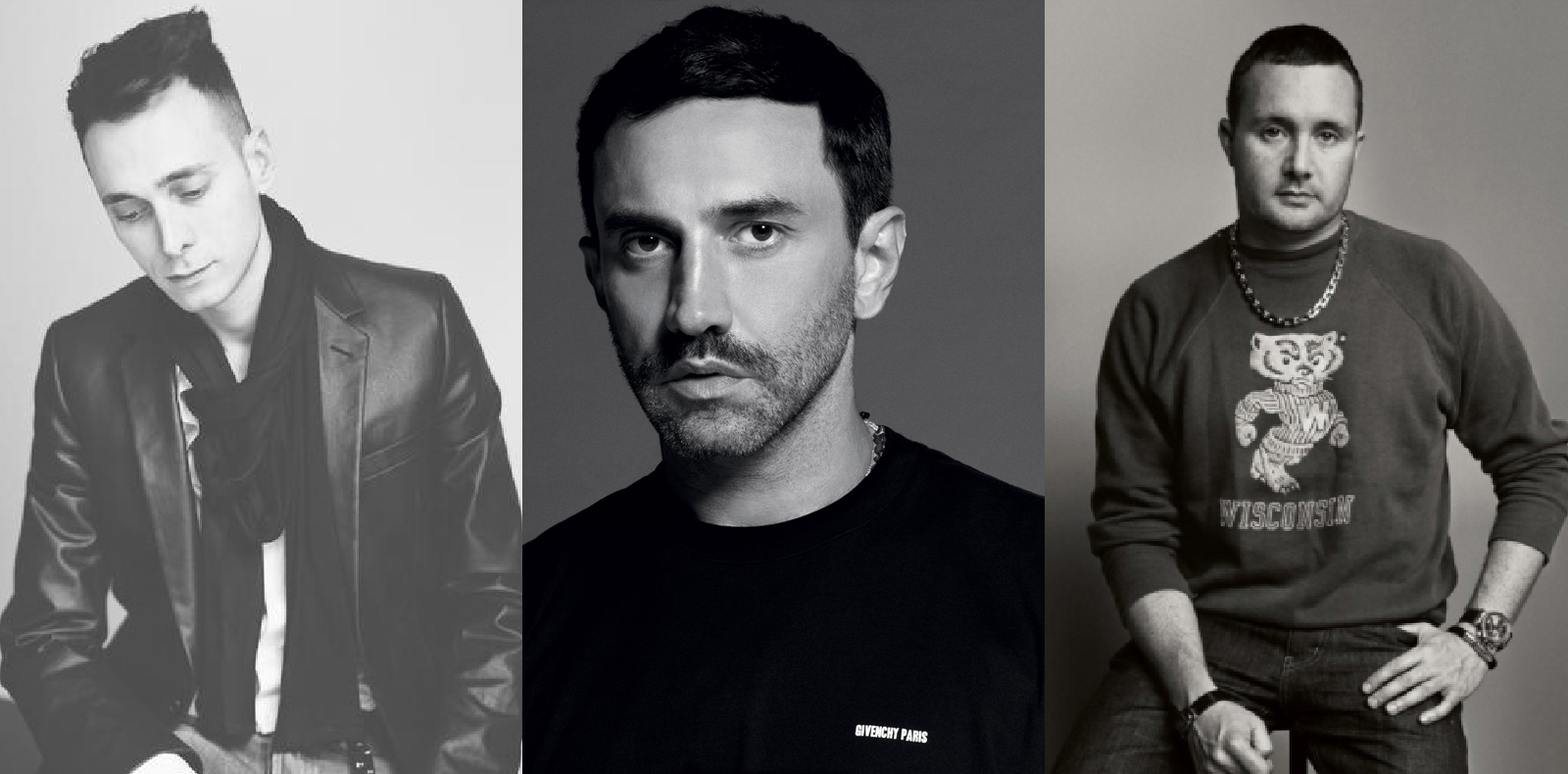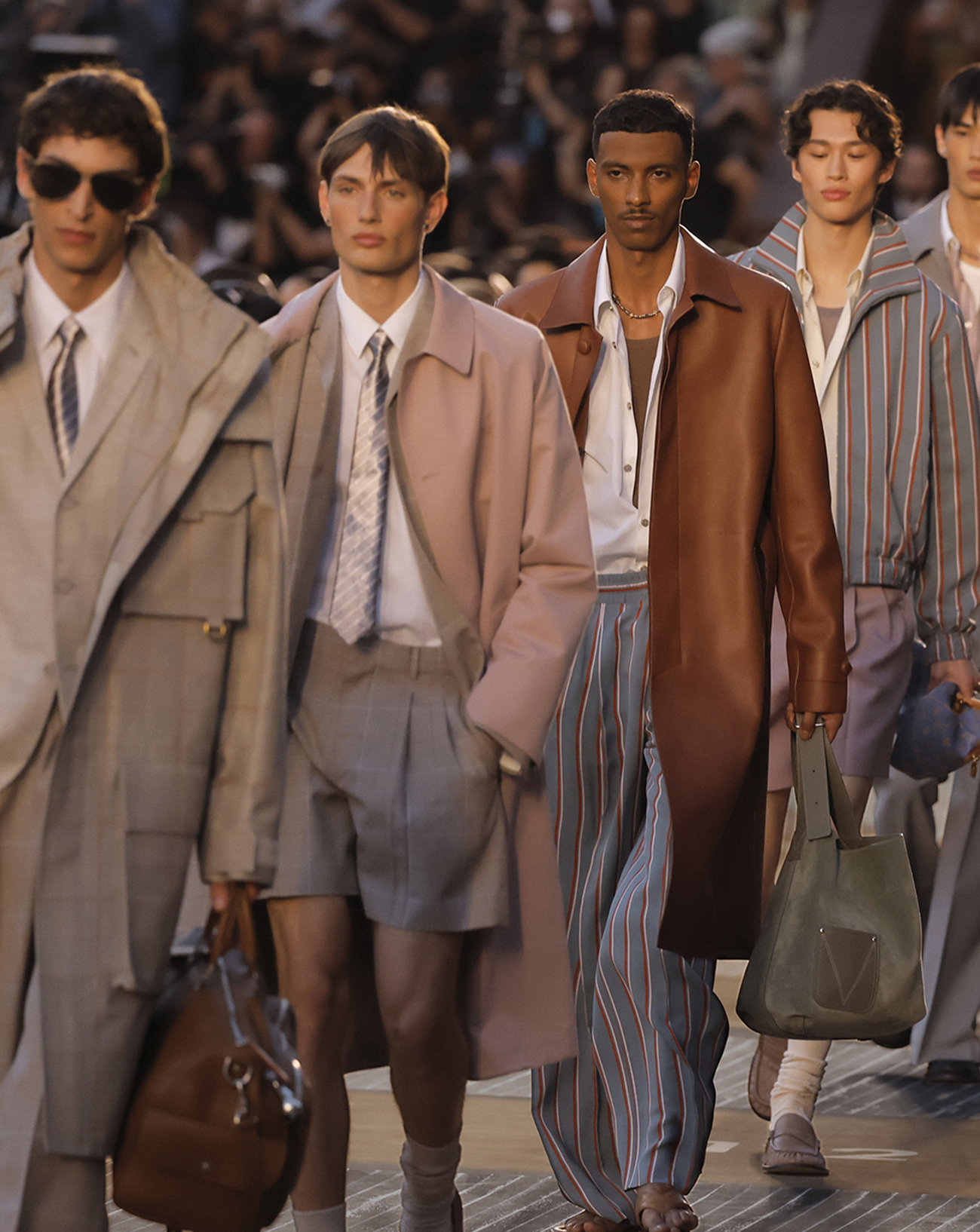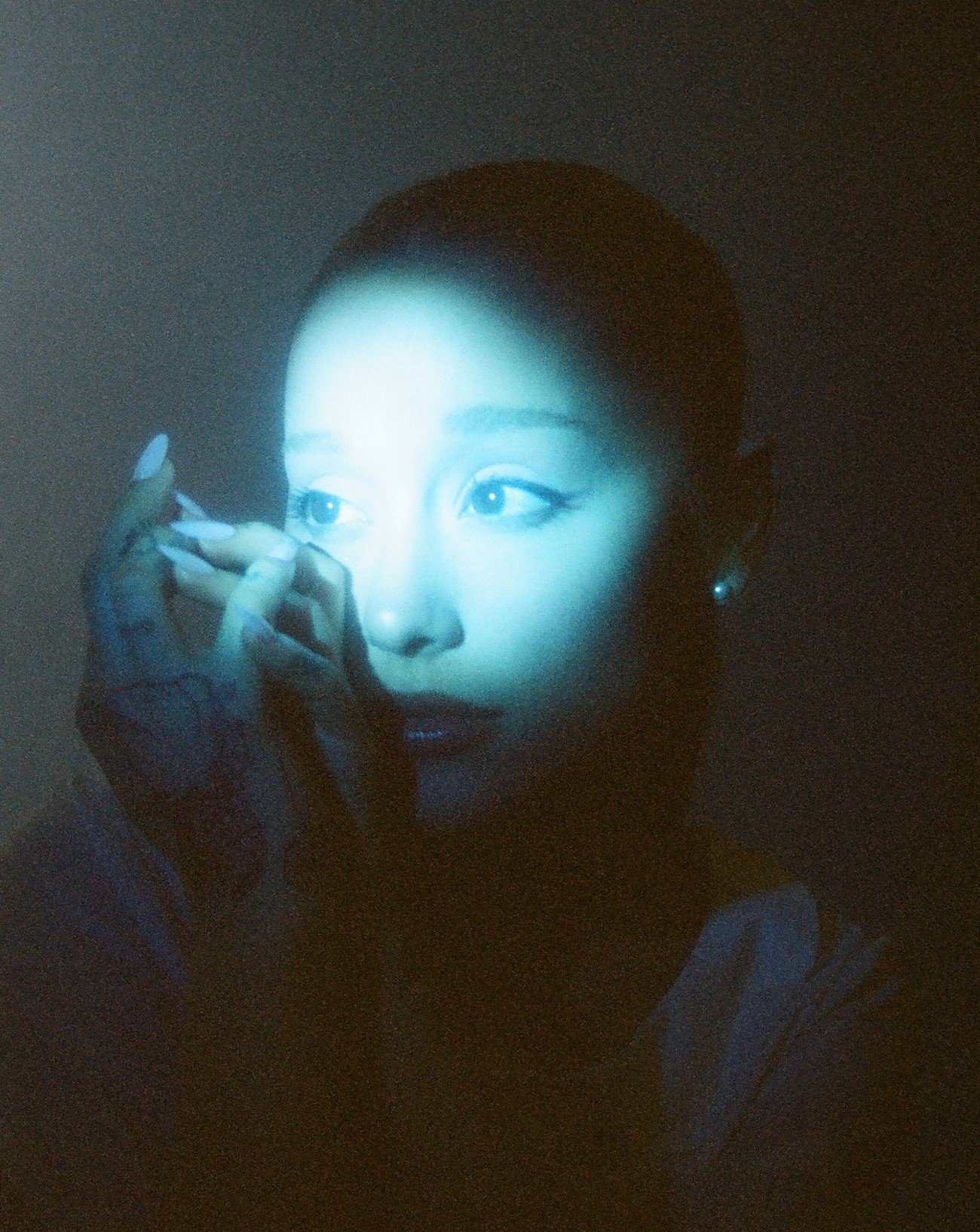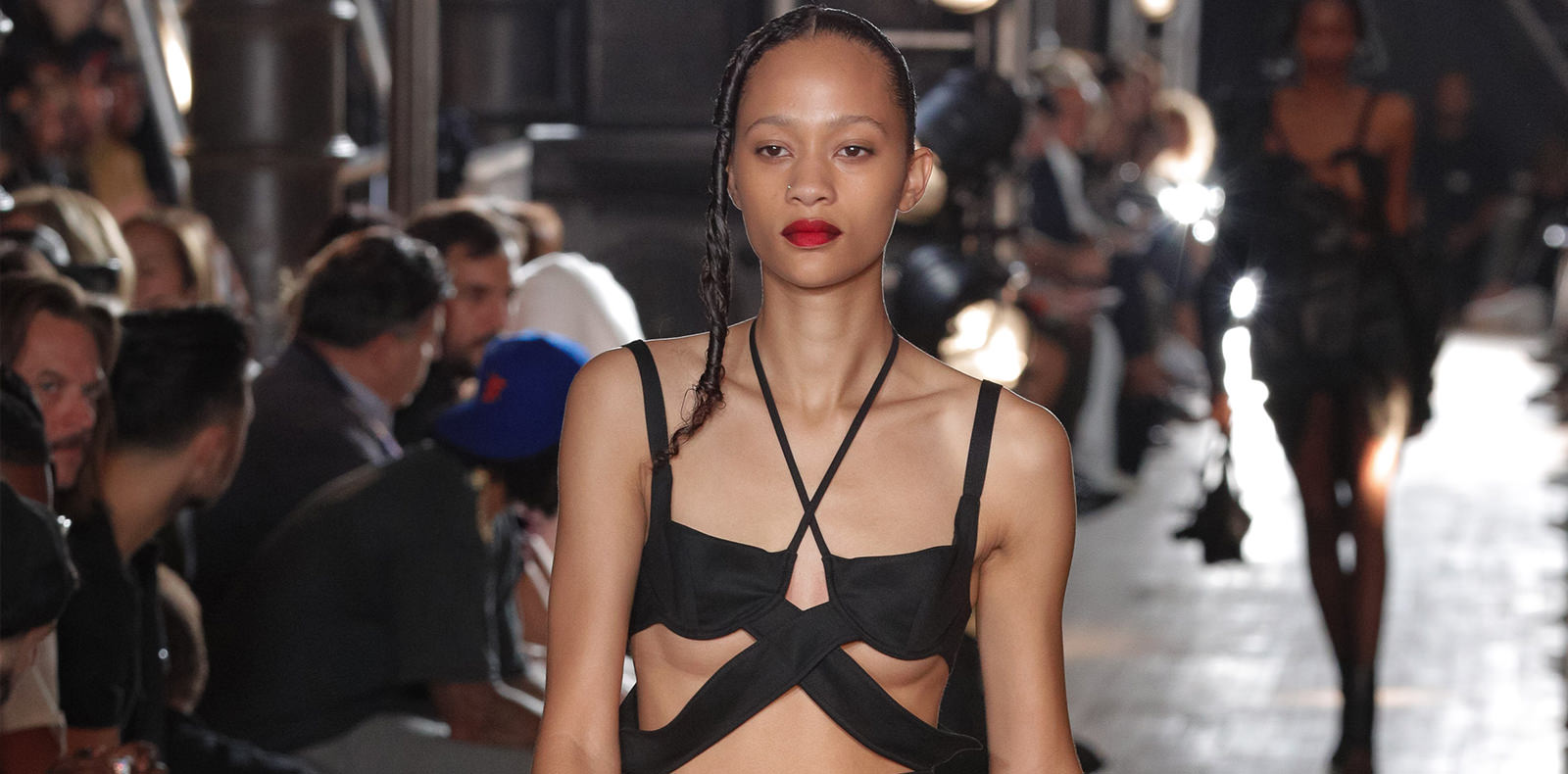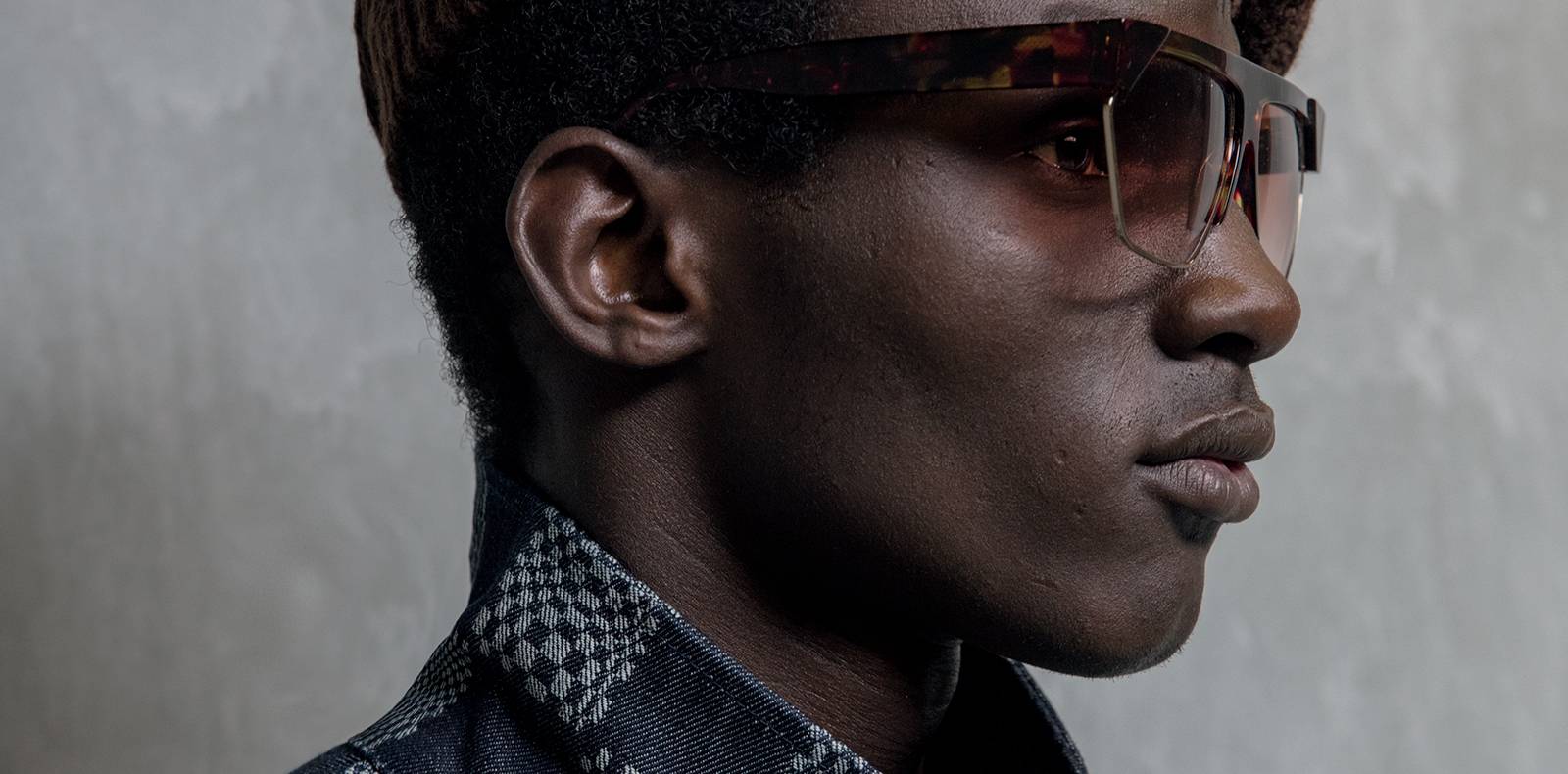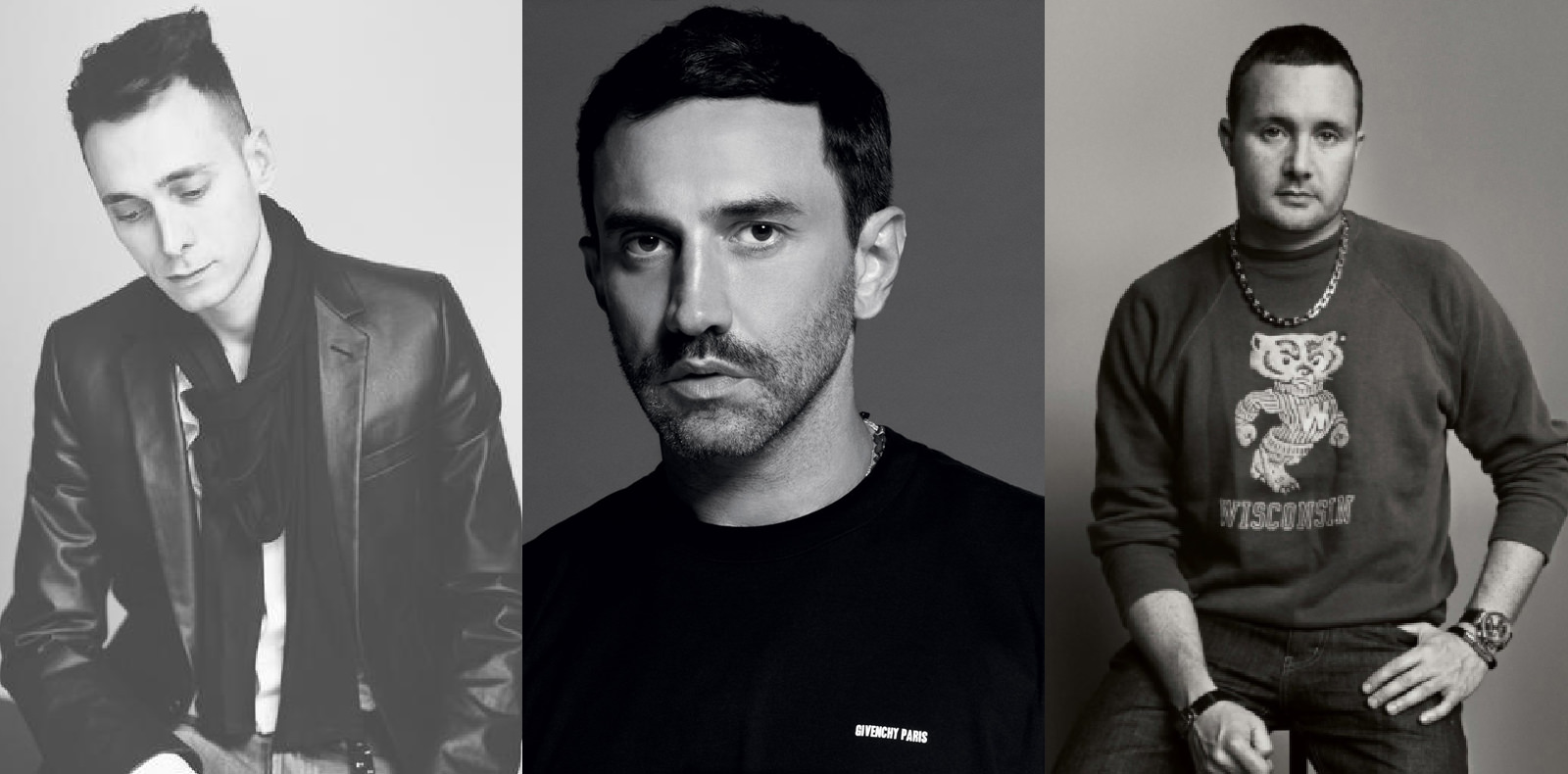
6
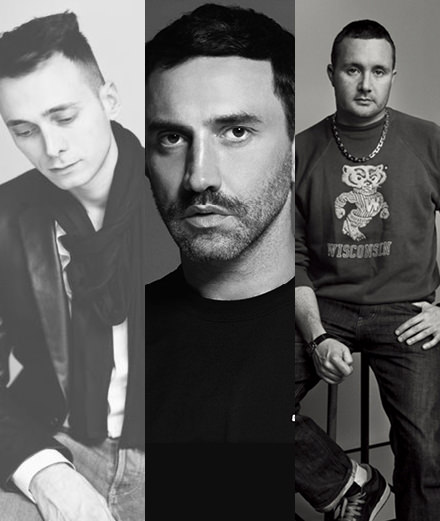
6
How will Hedi Slimane, Kim Jones and Riccardo Tisci transform the Houses of Céline, Dior Homme and Burberry?
Since the start of 2018, three important appointments have shaken up the fashion industry. With the arrival of Hedi Slimane at Céline, Kim Jones at Dior Homme and Riccardo Tisci at Burberry, what changes should we be anticipating?
By Léa Zetlaoui.
Every season for the last ten years, fashion weeks have been going wild with speculation as the big luxury houses, on their constant quest for popularity and growth, play musical chairs with their designers – some better known than others. While 2017 saw the arrival of Clare Waight Keller at the house of Givenchy and Natacha Ramsay-Levi at Chloé plus several other major departures, the first three months of 2018 have seen a flurry of activity: Hedi Slimane taking the reins at Céline, Riccardo Tisci being named artistic director at Burberry and the departure of Kris Van Assche from Dior Homme, to be immediately replaced by Kim Jones. So, what should we expect from these new appointments?
Hedi Slimane, the man set to shake up Céline
When Céline announced at the end of December 2017 that its artistic director of ten years, the incredibly discrete English woman Phoebe Philo, would be leaving, a world crumbled, one of a radical minimalism and laid-back intelligence. Between her rigorous cuts, artistic references and ultra-desirable collections, the commercial success she has generated will be hard to live up to. But the LVMH group hit back hard with the announcement of her successor in January 2018: none other than Hedi Simane. And to make things even more exciting, the French designer and photographer, long coveted by Bernard Arnault, will also be developing menswear, haute couture and perfumes.
At the dawn of the 2000s the visionary Hedi Slimane imposed an androgynous and rock silhouette at Dior Homme. This approach was reiterated with even greater success at Saint Laurent between 2012 and 2015, doubling the company’s turnover (from 353 million euros in 2011 to 707 million in 2014). Saint Laurent, under the leadership of Belgian designer Anthony Vaccarello has continued the Slimane legacy electrifying collections with a major dose of sexy irreverence.
With Hedi Slimane loyal to one vision only – his – and his mastery of the strata of a fashion and luxury house (designing everything from advertisements to the boutiques), as he did at Saint Laurent, will Celine live up to his expectations? The question also arises whether he’ll be applying his rock bohemian aesthetic, adored by rock stars and the music world in general, from the Rolling Stones to Daft Punk, challenging the artistic directions taken by Dior Homme and especially Saint Laurent. Watch this space…
After Kris Van Assche, Kim Jones for Dior Homme
The direct successor of Hedi Slimane at Dior Homme, Kris Van Assche prolonged his rock vision for 11 years, adding sport references and adhering neatly to the tailoring spirit of the couture house. When Pietro Beccari, the newly appointed CEO of Christian Dior Couture, recently announced the Belgian designer was leaving, Kim Jones slipped neatly into his place following a stylish departure (with Kate Moss and Naomie Campbell on his arms) from Louis Vuitton Homme in January.
Appointed by Marc Jacobs in 2011, Kim Jones discreetly imbued menswear at Louis Vuitton with a strong identity. In 2017 Kim Jones found himself in the limelight as the first artistic director of the luxury house to be associated with a streetwear label. The pieces resulting from his collaboration with Supreme, the cult New York label that send crowds of fans wild with $50 white t-shirts, sold out in hours to then be sold at exorbitant prices on the internet.
Knighted by both Marc Jacobs and John Galliano, with a childhood spent travelling, and an adolescence obsessing over skateboarding, streetwear and sub-cultures, Kim Jones knew how to immerse himself in the world of Louis Vuitton and its heritage of luggage, leather goods and accessories, injecting a serious dose of cool, sportswear and elegance. In a decade strongly marked by the clash of high fashion and streetwear, and dominated by the culture of collaboration and happenings, Kim Jones established himself as the ideal candidate to take over the illustrious Dior Homme, where the Slimane spirit still hovers. We now have to wait until June 2018 to discover his first runway show.
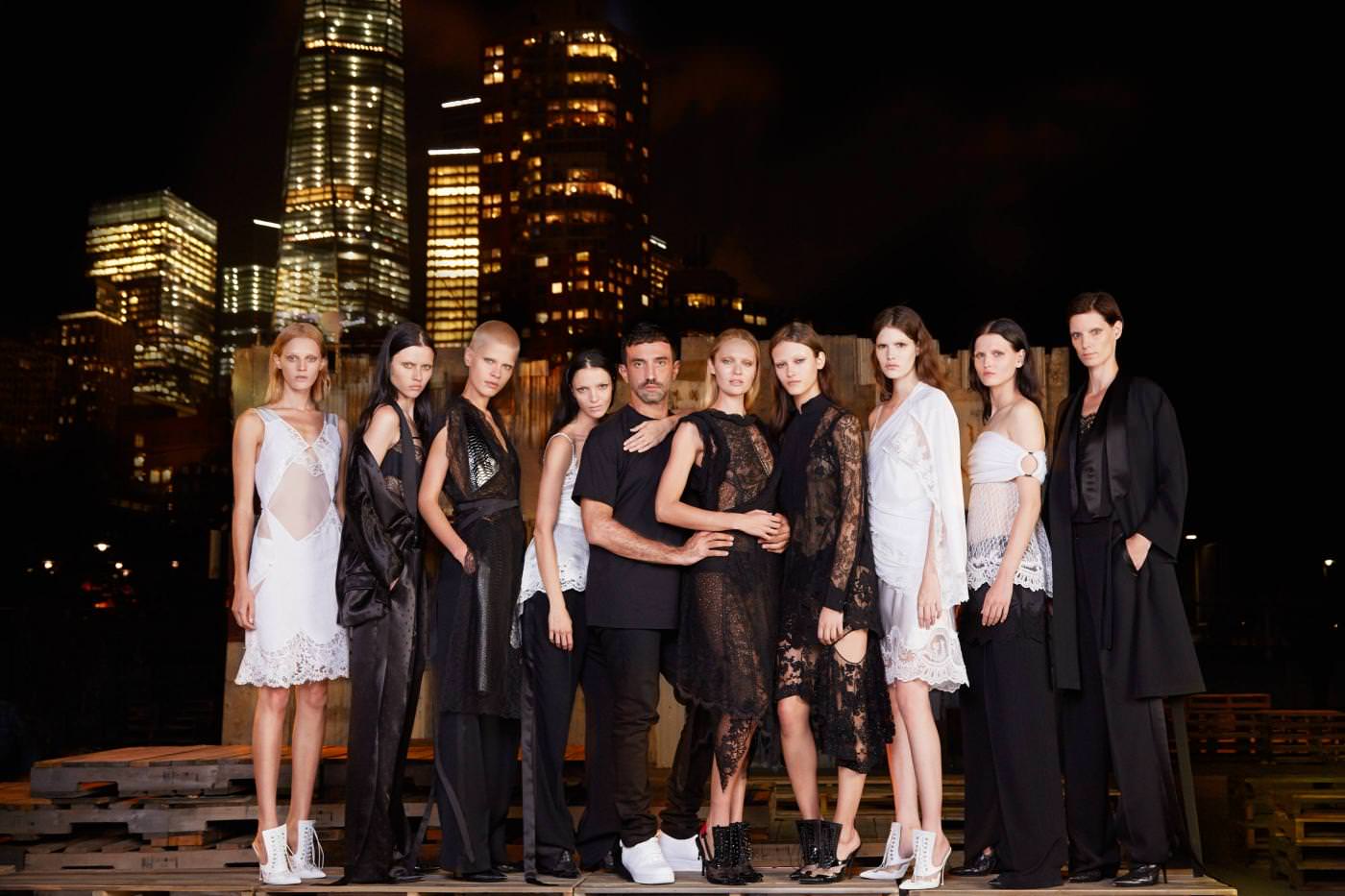
Riccardo Tisci, an Italian at the very English Burberry
Showered with accolades for his collections that have energetically revisited the heritage of Burberry, Christopher Bailey, president and chief creative officer, ended up embodying the very soul of the British house. Completely unexpected, his departure had everyone in doubt over possible replacements: Phoebe Philo and/or Kim Jones. Finally, it was Riccardo Tisci who was chosen to take over.
As artistic director at Givenchy from 2005 to 2017, the Italian, largely influenced by his roots and sportswear – as evidenced by numerous collaborations with Nike – established a unique aesthetic, at the crossroads between romantic-gothic and urban street. His irreverence – he had fun with symbols from contemporary culture (the Virgin Mary or Bambi on his sweatshirts), he photographed the first transgender model, Lea T, in a luxury campaign and counts among his devotees, performance artist Marina Abramovic and musicians including Kanye West and Beyoncé – quickly earned him cult status. In 12 years Riccardo Tisci took the house of Givenchy to the pinnacles of the fashion industry and star-system.
At Burberry, Riccardo Tisci rejoins CEO Marco Gobbetti, who had originally appointed him at Givenchy in 2005, and is entrusted with the task of rethinking the very smooth English house, from ready-to-wear to accessories, in an era where high fashion is fused with streetwear. While Clare Waight Keller will be revisiting pre-Tisci Givenchy heritage, and the high fashion/streetwear fusion is pretty much everywhere these days, the Italian designer, much followed and much loved, will undoubtedly mix references (religious, ethnic, punk, streetwear, sportswear and haute couture) with a rare virtuosity, leaving him carte blanche to perform miracles at Burberry.






